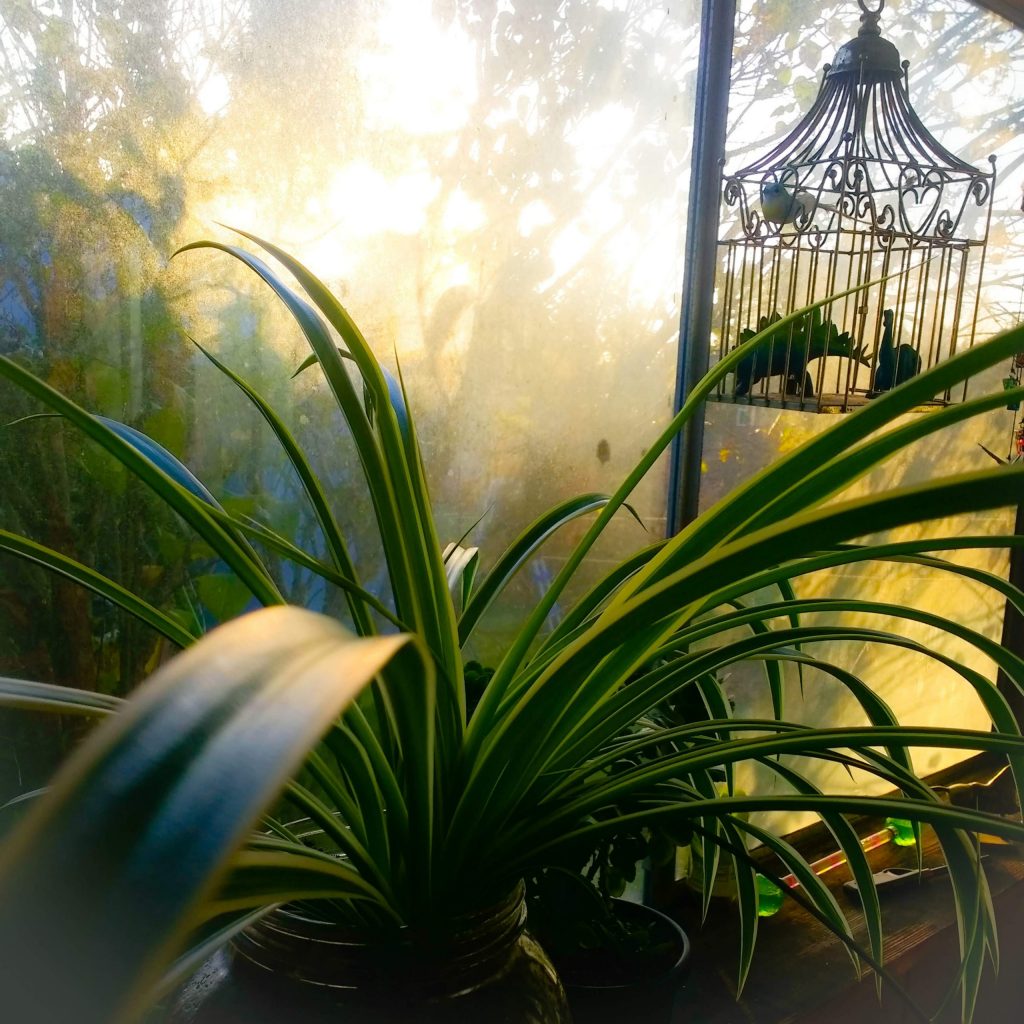This late autumn and early winter are good times to transplant trees and shrubs, apply winter dormant sprays and begin fall and winter planting. November is the month to clean-up the garden and begin getting it ready for the cooler late fall and winter months ahead.
TRANSPLANTING – One of the most asked questions at this time of year is when can I transplant my peonies, rhododendrons, azaleas, etc. This is the time! As the plants begin their dormant cycle they can be safely dug and replanted. The key to transplanting is to dig a large root ball, getting as much of the root system as is possible. Then get the plant back into the soil as quickly as possible, so the roots do not dry out from air exposure. Always dig the new planting hole considerably larger than the root ball of the plant you are transplanting. This ensures that the new roots will have rich soil in which to become established.
Prepare the planting soil by mixing generous quantities of peat moss and processed manure and/or compost with your existing soil. The addition of a non-burning transplanting fertilizer is beneficial in encouraging new root development over the winter.
Large trees or shrubs should be staked to protect them from wind whipping during winter storms. Keep them staked until the roots have a chance to develop and anchor them.
DORMANT SPRAYING – As soon as the leaves fall from fruit trees, shade or flowering trees, raspberries and other deciduous plants they can be sprayed for the first time with a dormant spray. The second spraying should take place in December and a third one in early February. Most dormant sprays are a combination of liquid lime, sulphur and oil. This spraying helps control over-wintering insects and diseases. Apply according to label instructions.
PLANTING – November is also an excellent month for planting. If you have a favorite tree or shrub that you want to add to the garden, this is a great month to select and plant it. Prepare the planting soil in the same manner as mentioned earlier for transplanting. Fall planting encourages good root development and gives the plants a chance to get established before the spring growing season, next year.
CLEAN-UP – Take some time to clean up the garden this month. Dead leaves can be cut off perennials and the debris from summer plants can be collected and added to the compost pile. A little time spent on grooming the garden will certainly improve the overall appearance of the garden for the rest of the fall and winter.
WEEDING – Weeds tend to germinate like crazy during the fall so this would be a good time to pull or cultivate weeds before they have a chance to go to seed and flower again. Remember weeds are hosts to many insects and diseases so it is important to keep them under control.
LAWNS – If you haven’t already applied a fall or winter type of lawn fertilizer, this would be a good month to do it. Feeding at this time of year encourages good root development and helps improve the color of the lawn. Lime can also be applied, if needed.
BULBS – The spring flowering bulbs (tulips, daffodils, hyacinths and crocus) can still be planted this month. The sooner they are planted, the better.
PRUNING – One word: WAIT. Many home gardeners are anxious to prune their fruit trees and other trees and shrubs. It is best to wait until the winter months to do most pruning.
WINTERIZING THE GARDEN – This is a good time to give some thought to providing winter protection to any of the tender plants in your garden. Mulching with bark, sawdust or straw will help create a blanket of protection over the root system. For example, a mound of mulch placed around the canes of roses will protect them and the roots. Make the mound about 5 or 6 inches deep at the base of the rose canes. Should the weather get exceptionally cold suddenly, the placement of burlap, cloth or dark plastic over tender plants will give them some additional protection from the cold.

